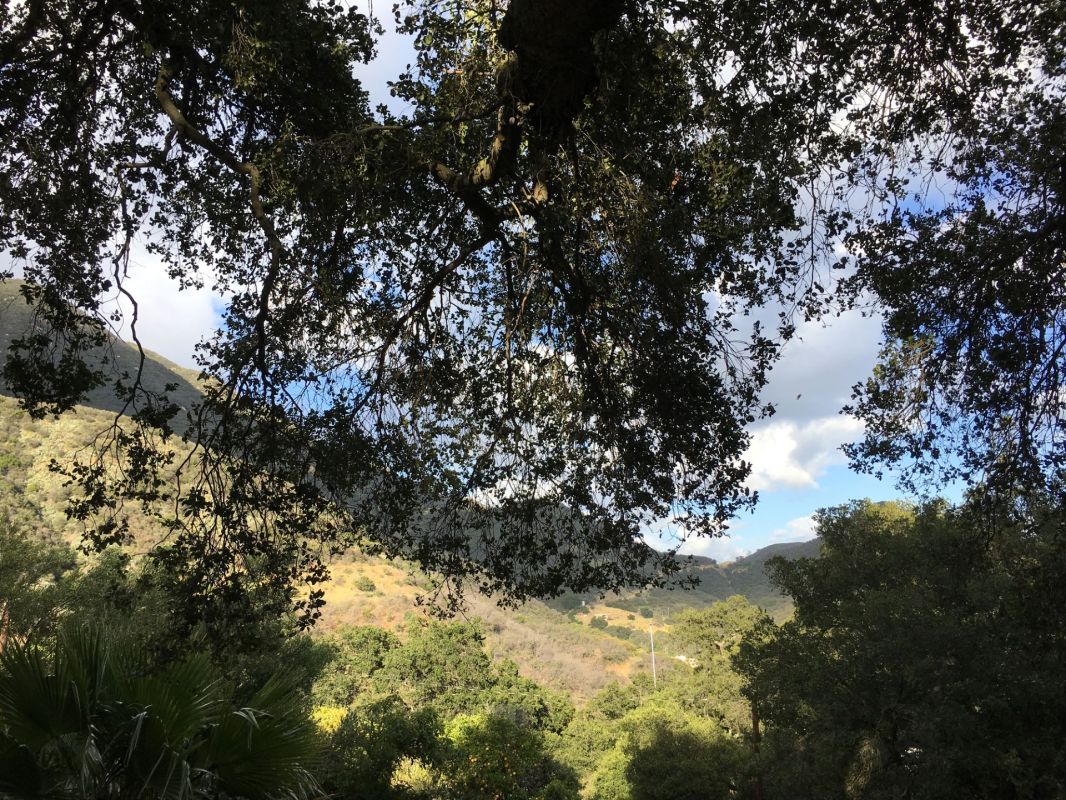The sighting of a pack of gray wolves in California has provided a massive boost for conservation efforts to ensure the longevity of the species and the survival of key ecosystems.
An adult female and four pups were spotted in the Sequoia National Forest more than a month after a report of a single sighting.
According to the Associated Press (AP), the five gray wolves were not previously documented, and they were found hundreds of miles away from the next nearest pack in Lassen Park in the northeast of the state. The group Save Animals Facing Extinction (@SaveAnimals) tweeted about an article on the news from the Guardian.
AP News noted that the Department of Fish and Wildlife said DNA testing of the adult female from the new pack revealed it is a descendant of OR7, the first known wolf to enter California in nearly a century when it crossed from Oregon in 2011.
Furthermore, genetic profiles of the offspring suggest they are descended from the Lassen Park pack.
The gray wolf hasn't been seen often in California for quite some time. The animals were hunted to extinction in the state in the 1920s, although they were still found elsewhere. But wolves making their way from out-of-state locations in the past decade has led to increased sightings, AP News reported.
According to the Department of Fish and Wildlife, a court order from February 2022 protected the gray wolf under the Endangered Species Act.
The new pack was welcomed by California Program Director for Defenders of Wildlife Pamela Flick, who described it as an "exciting milestone" in the recovery of the species in California.
"This recently detected group of wolves is at least 200 straight-line miles from the nearest known California pack and demonstrates the species' amazing ability to disperse long distances and take advantage of the state's plentiful suitable habitat," Flick said in a statement.
Today, August 13th is International Wolf Day. #InternationalWolfDay was created to raise awareness about the critically important role wolves play in balanced ecosystems. Here are five ways you can observe and celebrate today but the most important is always ACTION! #RelistWolves pic.twitter.com/AucVH6qDZA
— #RelistWolves (@relistwolves) August 13, 2023
The California Wolf Center observed how wolves play an essential role in the survival of natural ecosystems. They are referred to as a "keystone species" due to being the dominant predator. With no wolves around, coyotes take that role, and their population grows.
With that, the competition for food becomes more fierce, affecting the populations of badgers, foxes, and martens, who have fewer rodents to feed on. Furthermore, larger prey like elk and deer have fewer predators to control their numbers, leading them to multiply. That impacts the growth of vegetation and destroys habitats for smaller animals, according to the center.
Join our free newsletter for cool news and cool tips that make it easy to help yourself while helping the planet.









